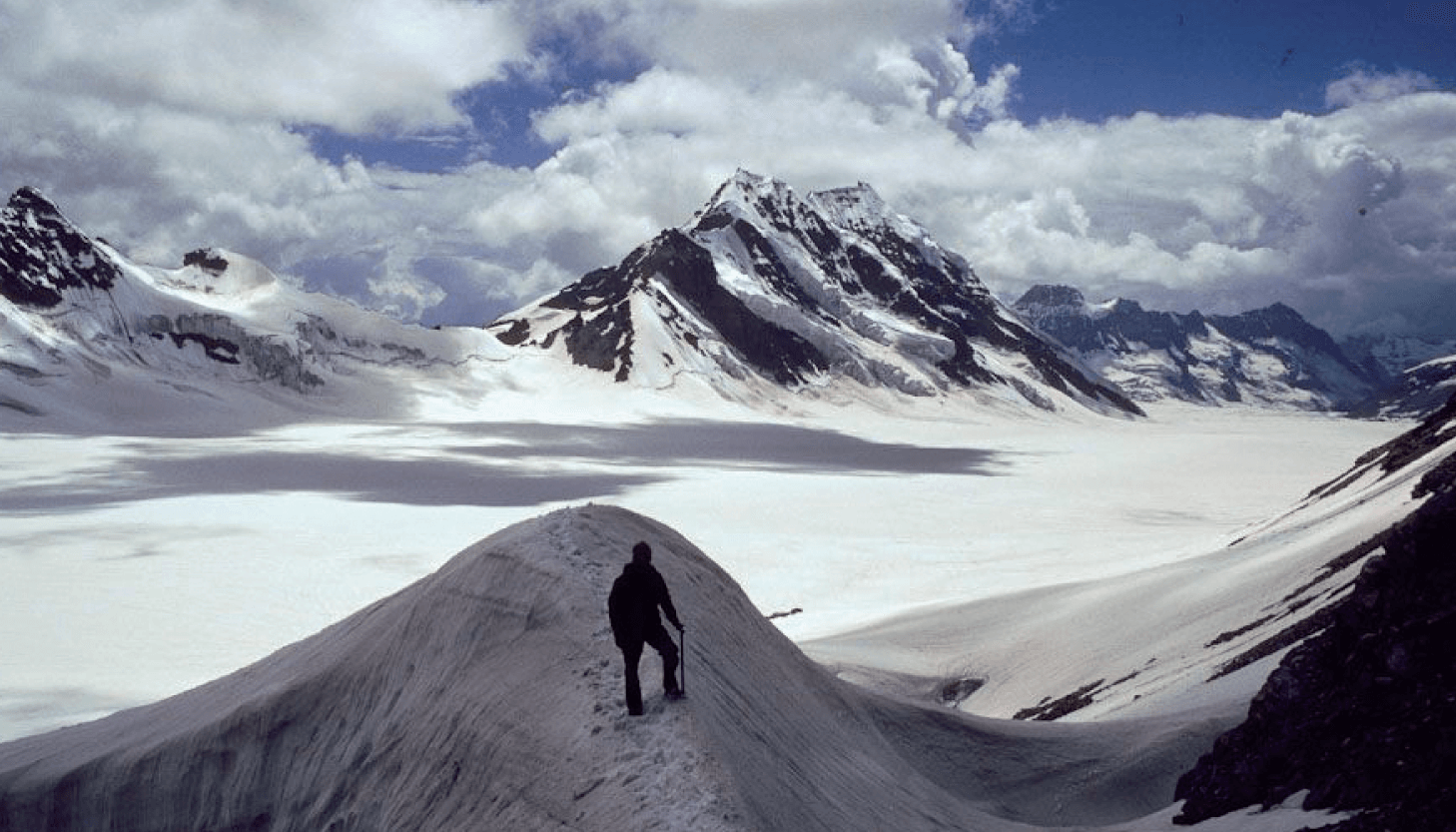
The year is 1980. Paul Mayewski is standing atop the Nun Kun glacier preparing to extract one of the first ice cores recovered from the Himalayas. But this is just the beginning of many such expeditions in his illustrious career. In 2013, along with colleagues from the Climate Change Institute at the University of Maine and the Initiative for the Science of the Human Past (SoHP) at Harvard, he will focus his attentions on Europe. His target: the Colle Gnifetti glacier in the Alps. Using a 72-meter section of ice from this glacier, the group will map the first detailed record of 4,000 years of climate history for the region.
Although there are many ways to study the climate of the past – for example, using marine sediments, tree rings or peat bogs – ice cores offer the most robust record. Formed through the annual accumulation of snowfall and melt, each layer compresses the one below, capturing chemical fingerprints that can tell us a lot about the climate and environment – and the events that triggered change.
Though clearly valuable, such cores can only be retrieved from certain parts of the world – namely highly elevated areas or the polar regions. And the deeper the ice, the more compact the timeline becomes, making analysis difficult. There is a considerable amount of historical information contained within European cores when compared with those from more remote regions. But few regions in the Alps have the height necessary to preserve high-quality ice cores, so extraction sites are limited – and dwindling with rapid warming. The Colle Gnifetti glacier on the Swiss-Italian border is one remaining and well-worked example.
We spoke to Paul Mayewski, Alexander More, Michael McCormick, and Christopher Loveluck about their ambitious project studying ice cores from Colle Gnifetti as part of our environmental mini-series: “The Complexities of Saving our Planet.”
So, now that we’ve broken the ice, let’s drill deeper into what the project could tell us about the future of our species – and our planet.
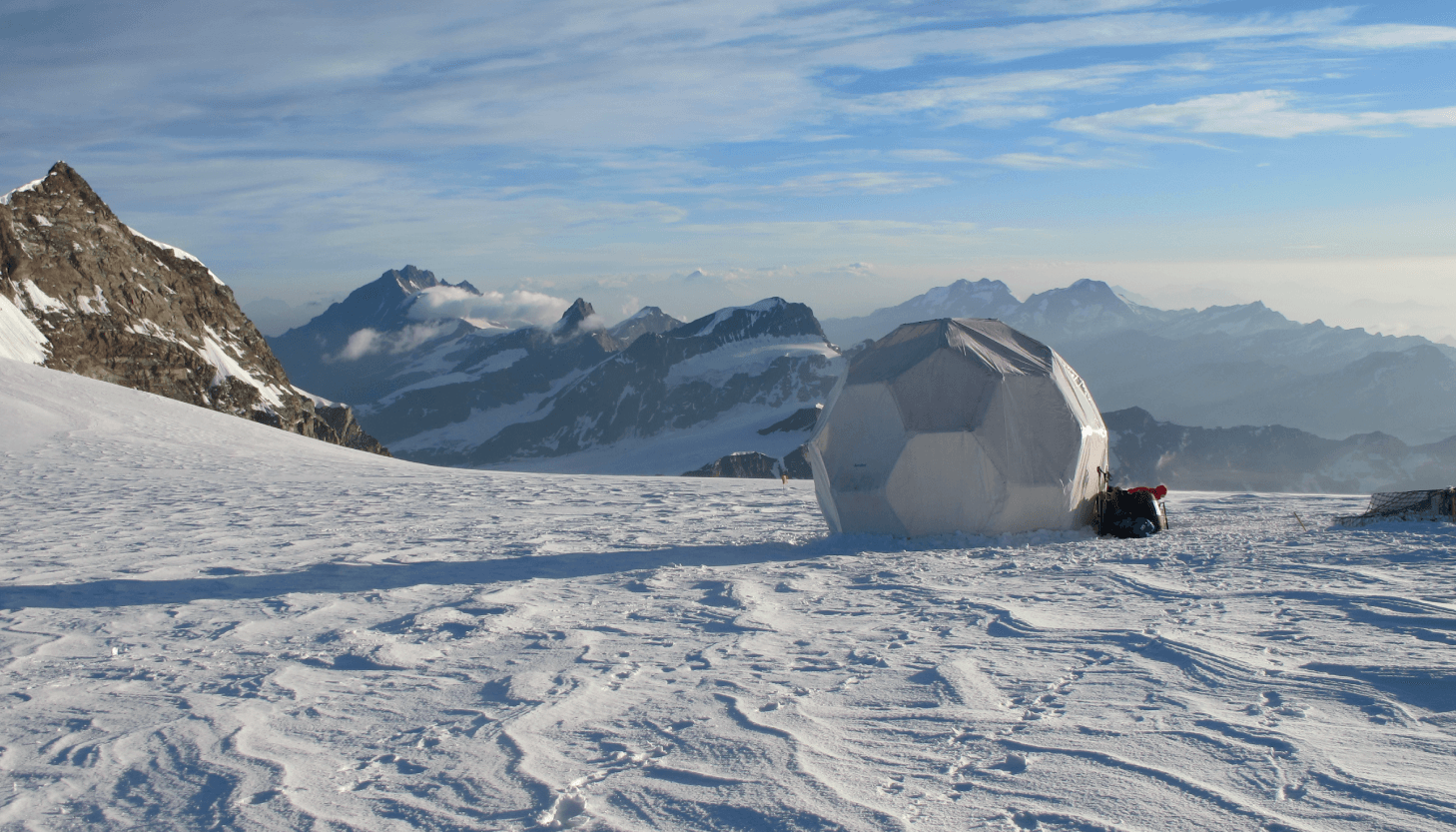
The Colle Gnifetti Historical Ice Core Project was a long time in the making. In the early 1990s, Paul Mayewski played a key role in one of the most important modern discoveries concerning our interaction with the environment: the concept of abrupt climate change.
It may come as a surprise now, but prior to 1990, the majority of climate scientists believed the climate changed very slowly – and that humans had little impact on it. As leader of the Greenland Ice Sheet Project 2, Mayewski and his team demonstrated that the climate could in fact shift to a completely new state in just a few years, potentially leading to the collapse of entire civilizations.
But while the media was quick to recognize the importance of this discovery, it was not accepted by all. If the general consensus held that the climate changed slowly, greenhouse gases and other pollutants could be poured into the atmosphere without us having to face the consequences for hundreds, or even thousands, of years – an attractive “get out of jail free card” for climate change sceptics. Even those who did accept the findings may have assumed abrupt climate events were a thing of the past.
Fast forward to today. We are faced with the first abrupt climate change event in the modern era – a rapidly warming Arctic. “We’re seeing an unprecedented melting of Arctic permafrost and, as this continues, a huge amount of methane – which is 30 to 60 times more effective at trapping heat than carbon dioxide – will be released into the atmosphere,” says Mayewski. This change is already having severe consequences for people and ecosystems across the polar regions, he says, altering the thermal balance from the North Pole to the mid-latitudes and triggering changes in atmospheric circulation patterns that have intensified droughts, floods, and storms. “Global warming is a nice soundbite, but the reality is that the planet is not warming evenly all over, and this uneven warming triggers abrupt changes.”
The project in Greenland snowballed into many other areas of research, and Mayewski now directs one of the oldest climate research units in North America: the Climate Change Institute. Priding themselves on their multidisciplinary approach to studying the environment, they have teamed up with the Initiative for the Science of the Human Past at Harvard (SoHP) to study the impact of climate change on society.
“There are multiple reasons for this multidisciplinary approach,” says Michael McCormick, Chair of SoHP. “Importantly, natural proxies such as ice cores offer invaluable new data to inform our incomplete written records of environmental change and the human response to it in the past.”
For Mayewski, it is this collaborative element that really sets the project apart from others. “Without getting these different disciplines together, you can’t make the sort of discoveries necessary to understand really complex systems,” he says. “It’s really a two-way relationship. We provide them with climate information and they correlate this with significant historical events – it’s extremely useful to be able to calibrate the ice core record with known historical events.”
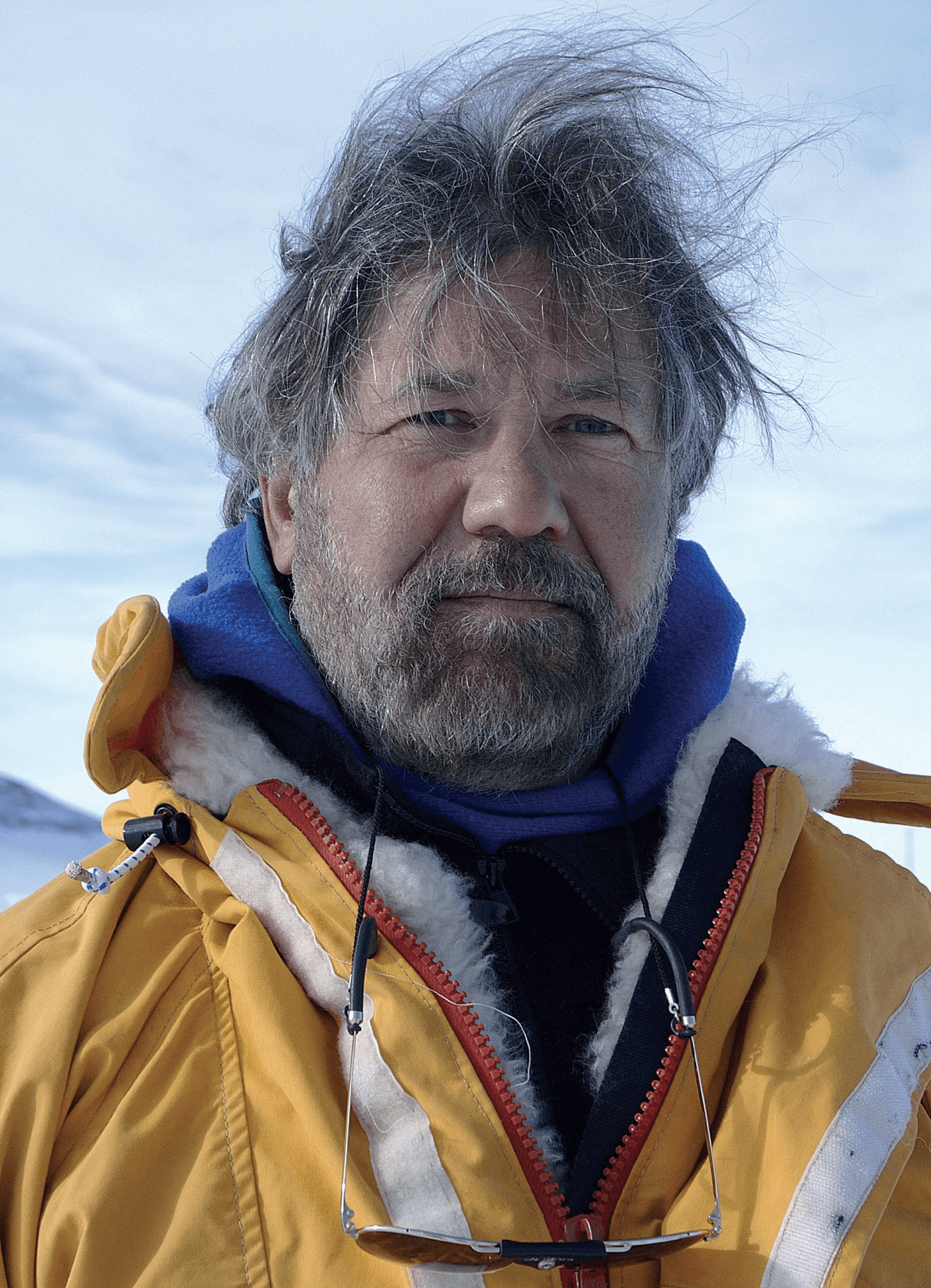
The primary aim of the Colle Gnifetti Historical Ice Core Project is to study the intricate relationship between humans and the climate by tracking past events. Ice cores detailing a long history have previously been taken from polar regions, but Colle Gnifetti offers glimpses into Europe’s past that others cannot.
Typically, ice core researchers are able to resolve 100 samples per meter – fine if your sample is from a region with ample snowfall, where the timeline is adequately stretched. But in areas with less snowfall, or if you are drilling into old ice – where layers have become increasingly compressed – 10 mm resolution does not offer sufficient detail. In Colle Gnifetti samples, approximately 4,000 years of history are compressed into a 72-meter core; to access information at sufficient resolution, the team turned to laser ablation inductively coupled plasma-MS (LA-ICP-MS) (1).
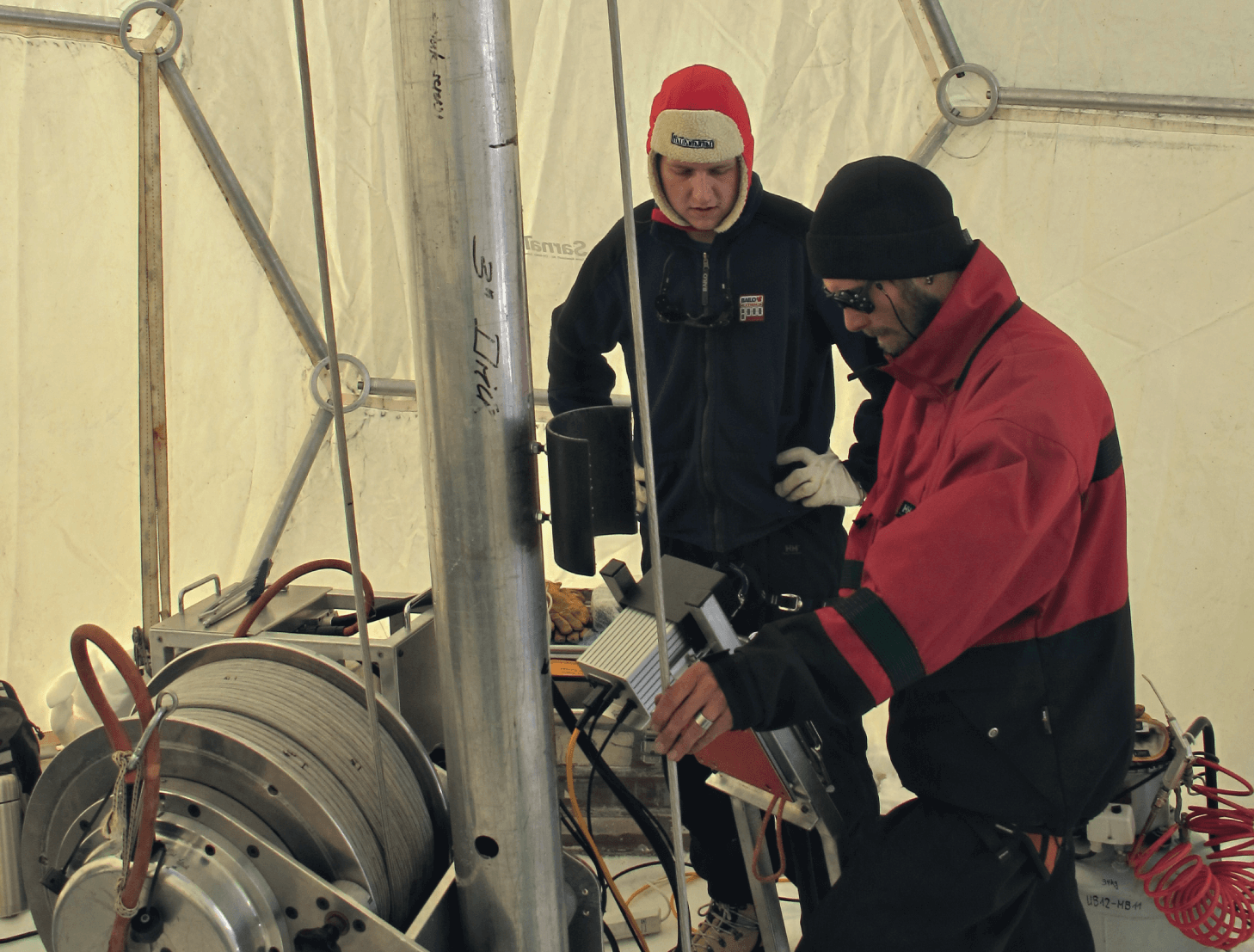
LA-ICP-MS has “revolutionized” sample resolution for ice cores, allowing Mayewski’s team to take not 100 samples per meter, but up to 20,000. “The first day using LA-ICP-MS, we took more measurements than I had collected in my entire career,” says Mayewski. “We went from collecting hundreds or thousands of measurements to millions.”
The number of samples scientists can retrieve per year depends on how compressed the ice is, but even when tested at a depth of 1,800 meters in the Greenland ice sheet, the team was able to obtain the equivalent of roughly one sample for every day of the year. Such high temporal resolution meant that the team could not only identify specific years in the ice core, but also track specific weather events, such as storms.
In the initial stages, LA-ICP-MS analysis of glacier ice could only measure one element per ablation pass or spot – but now the team has improved application of the technique to enable multi-element analysis (2).
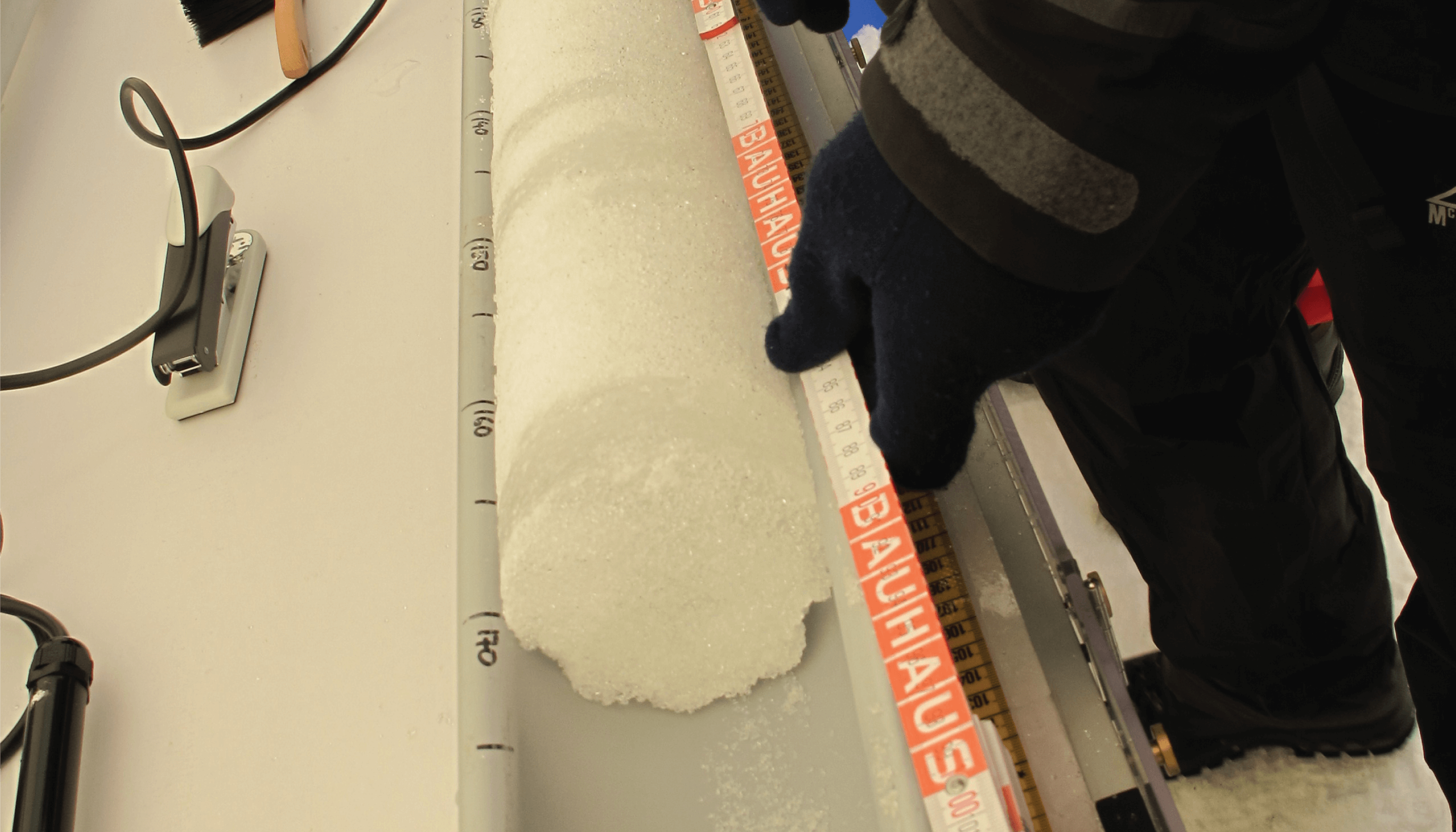
The technique has also allowed the team to overcome a key challenge in the study of ice cores – melting. “We are already losing a record of climate change because of climate change, so it seemed crazy to melt the ice and destroy it for further analysis,” said Alexander More, a member of SoHP and the Climate Change Institute. The new technology is non-destructive, using a unique laser ablation cryocell capable of holding up to 1 meter of ice – and it also requires less sample preparation than standard core-melting methods. “You can’t even see a scratch on the ice with this new technique,” says Mayewski. The laser moves slowly over the ice, creating a 10-micrometer groove, while argon carrier gas transfers the sublimated “ice” from the core to the ICP-MS system for analysis. For the researchers, the main advantage is the ability to continually go back over the same area and take new measurements, while preserving the core for further studies.
Another advantage is that the method allows the researchers to visualize exactly where they are taking samples from in the ice core – in real time. Using a video camera attached to a microscope, the team can see if they are taking samples between multiple ice crystals – the so-called “triple point,” where chemistry can differ slightly to its surroundings, allowing for bias assessment in sample acquisition.
Heather Clifford – at the time a Master’s student at the Climate Change Institute – put the team’s new laser technology results to work by analyzing the Colle Gnifetti ice records of Saharan dust storms (3). Historically referred to as “blood rain,” these dust events occur frequently and have a notable impact on natural weather systems, altering the frequency of hurricanes, accelerating the melting of glaciers, and generally exacerbating the effects of climate change around the world.
The impact of these storms is felt not just in Africa, or even Europe; the dust can make its way right across the Atlantic Ocean to the USA, and beyond. (A little-known fact: Saharan dust storms fertilize the Amazon rainforest with key nutrients...)
Clifford and her colleagues were able to not only trace the history of Saharan dust events, but also identify the atmospheric conditions that promote them. The resulting paper (3) demonstrated that there are significant markers of atmospheric circulation patterns in the ice, showing how what happens on one continent can impact on another. The data also showed that increased dust transport has occurred over time, correlating with more high-pressure systems over the Mediterranean and drier conditions in North Africa. And with many climate change models predicting these conditions will become more frequent with global warming, the future looks very dusty indeed.
The applications of the LA-ICP-MS method don’t end at studying dust. The team also analyzed historical lead pollution levels as a marker for human impact on the climate.

Nowadays, the health effects of lead are well known – exposure to high levels causes kidney and brain damage, for example. But this is (relatively) contemporary knowledge; lead-silver ores have been mined for centuries for use in coins, roofs, water pipes and paint, with little thought given to the long-term impact of this pollutant on our environment – or human health.
Because some natural events, such as volcanic eruptions, can release lead into the atmosphere, it was previously believed that the atmosphere had a “natural” background level of lead, even before the industrial revolution. Even today’s policies to reduce lead pollution are based on this assumption.
A team led by Alexander More used the Colle Gnifetti ice core to disprove this theory, showing that lead pollution has been elevated for the past 2,000 years – excluding a four-year period starting in 1349 A.D. when lead dropped to undetectable levels in Europe (4). “This is what I wanted to hear because it confirmed our chronology was accurate,” says Michael McCormick, Chair of SoHP. “The funny thing is, the postdoc taking these measurements had no idea the trough in the data lined up with a key historical event – I kept challenging him to make sure he had the date right. Eventually he asked, ‘Did something happen in 1349?’” If your history is similarly rusty, the period coincides perfectly with the onslaught of the Black Death the 14th century.
The devastating pandemic reduced Europe’s population by 40 to 50 percent – and put a stop to lead mining activities, causing lead pollution to plummet. “Levels this low suggest there is no ‘natural’ level of lead (at least not a measurable one), and that anything higher must be caused by human activity,” says More.
But will such knowledge inform environmental policies? “The frustrating part about our work is that it’s like watching an accident in slow motion,” says More. “I think we forget, as humans, that the planet existed before us in a state of equilibrium. We’ve polluted that equilibrium for at least the last 2,000 years, so our environmental standards cannot be based on just pre-industrial levels, 200 to 300 years ago.”
With a baseline of lead firmly established, the team went on to analyze an 800-year-old section of the core in more detail. This phase was led by Christopher Loveluck from the University of Nottingham, and revealed new details about 12th century life (and death) in Britain and France through key events that impacted lead production (5).
Using atmospheric circulation analysis – modeling how pollution travels on wind currents throughout Europe – and other geoarcheological records, the team were able to determine that the lead was deposited by winds carrying pollution from the UK. The information from LA-ICP-MS analysis was then compared with the only detailed yearly lead record from the same period: the English Pipe rolls from 1167 to 1216. These documents record the taxes paid on lead mines during the reign of the Angevin Kings.
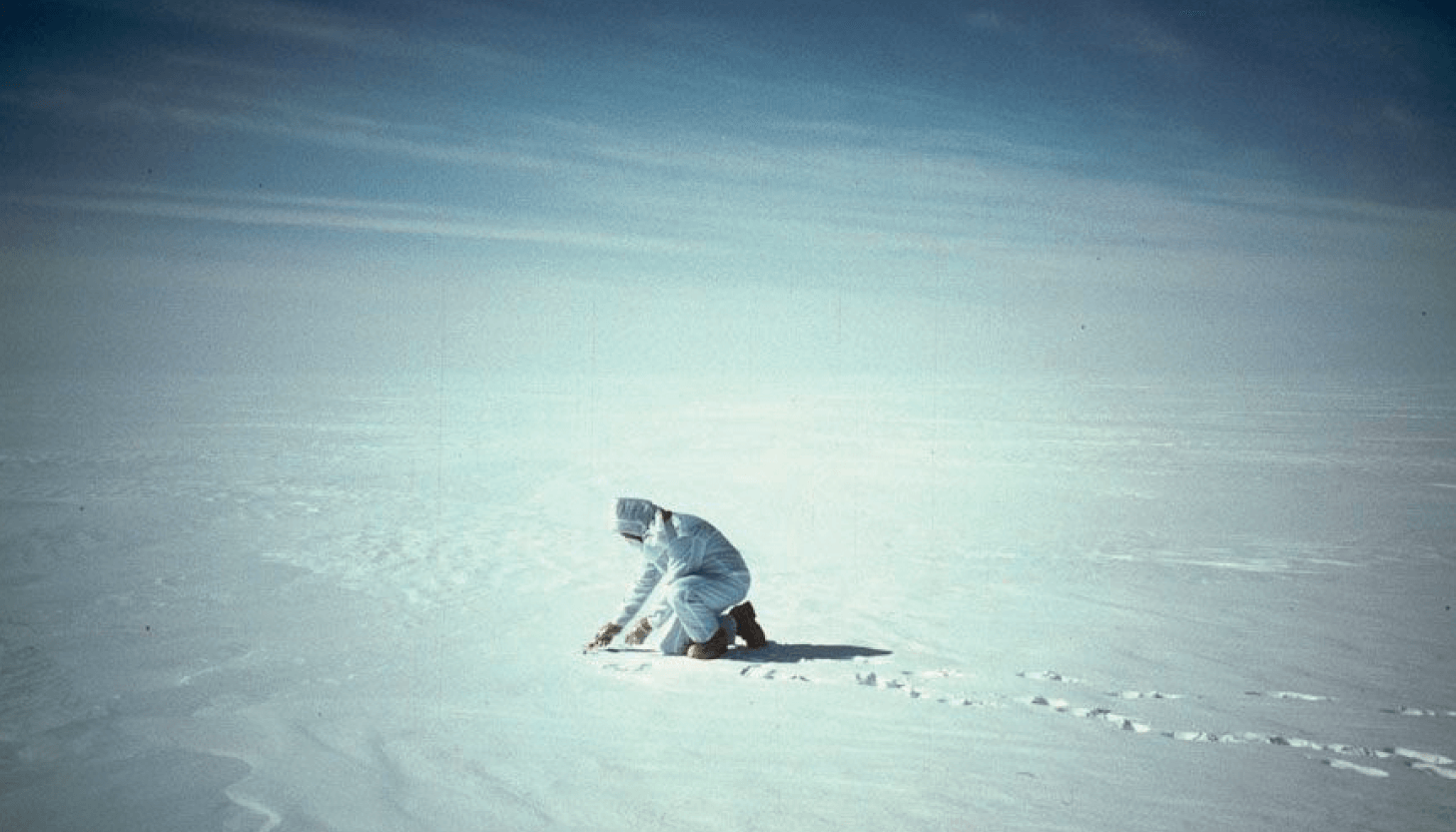
Remarkably, the team were able to show that the annual pollution levels reaching the Alps between 1170 and 1216 mirror the records of annual lead and silver production in England – the first time that the environmental impact of a medieval macroeconomy has been demonstrated in an ice core at this resolution. “The correlation between evidence of fluctuating lead pollution found in the ice core deposits and the fluctuating levels of lead production in Britain – seen in taxes paid on lead mines and directly requisitioned ‘cart-loads’ of lead – is astonishing,” says Loveluck. From the royal successions of Angevin monarchs to periods of instability and major construction projects, peaks and troughs in the ice core show how lead production was impacted by these historical events. “We can see the deaths of King Henry II, Richard the Lionheart, and King John right there in the ice.”
One surprising trough, dated circa 1170, corresponds to the year Thomas Becket, the Archbishop of Canterbury, was murdered by King Henry II’s knights. Henry was subsequently excommunicated. The dip in lead pollution is likely to reflect the impasse between Church and State running up to Becket’s murder, when royal government demands for lead and taxes, largely transmitted by clerics, were disrupted. A decade later, there is a clear peak in lead that correlates with Henry reconciling his differences with the Pope and ordering new construction work, using British lead for key monasteries in England and France in atonement. Similarly, following the civil war of 1215, when the Magna Carta was signed, and the continuing war through 1216, when the French invaded England, silver and lead mining was halted once again, due to lack of government demand and transport insecurity. These events too can be visualized in the ice (Figure 1).
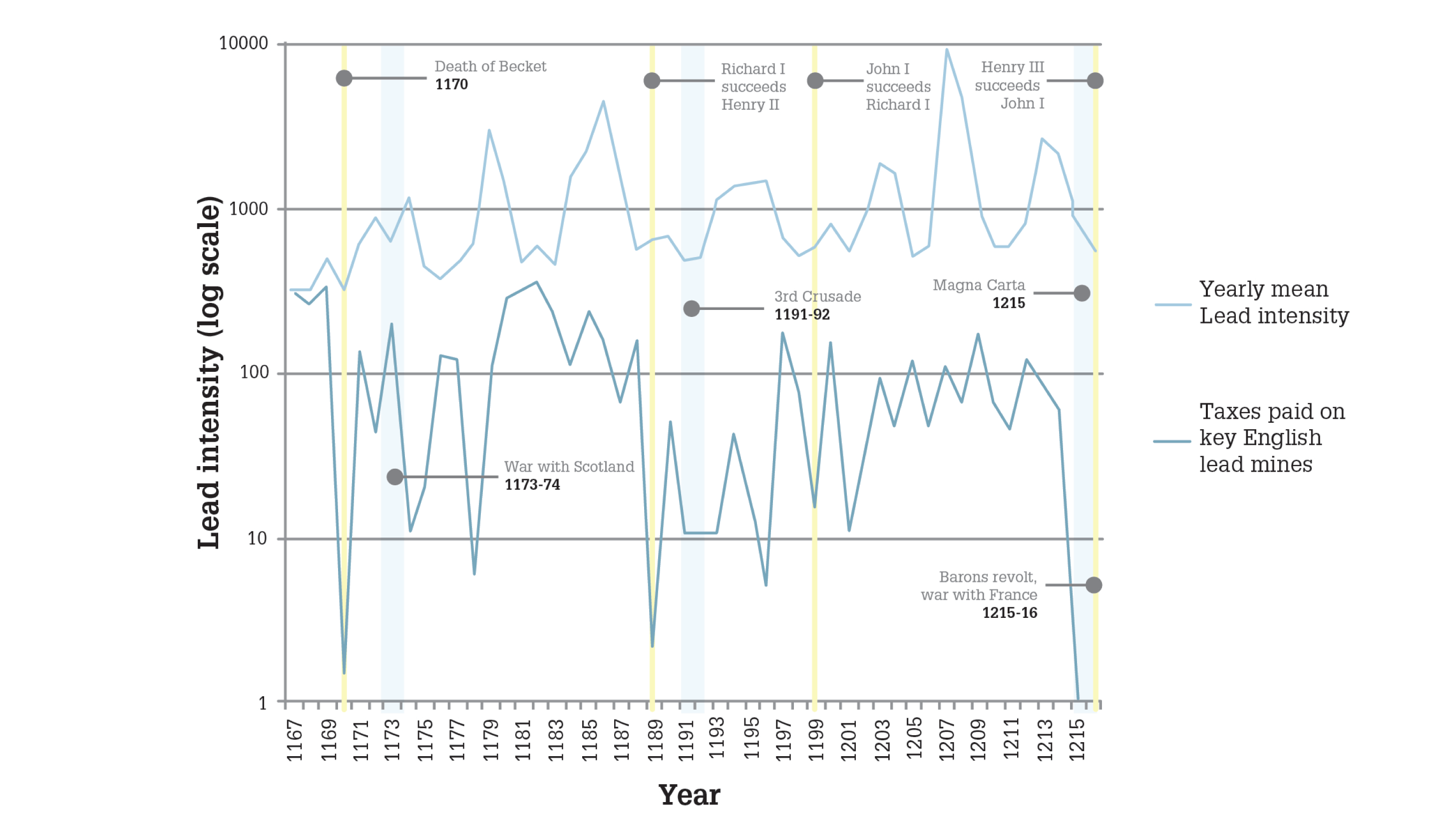
Up to this point, the team has focused on the upper 2,000 years of the ice core record. The lower 2,000 years is compressed into just a few meters of ice. And though the team has already tested the technique on this precious three meters of ancient history, further improvements to their technique will be required to extract as much information as possible.
Beyond Colle Gnifetti, many other fascinating combinations of history and climate are starting to present themselves. “We’re beginning to involve more and more people, as we realize there are so many more stories to be told,” says Mayewski. The team hopes to gain access to ice cores from Asia and the Middle East, to expand their work beyond European history.
You might be wondering at this point, if we can see the Black Death in these ice core records, will we be able to see COVID-19 too? “Yes, of course,” says Mayewski. “We’ve already seen the short-term impact of worldwide lockdowns on environmental pollutants, and I am in no doubt that this will be recorded in ice cores around the globe.”
Meanwhile, the team’s immediate concern is what coronavirus means for efforts to combat climate change. “It is extremely important that governments and global organizations do not try to tackle these crises one at a time,” says Mayewski. “I can only speak for the USA, but all I hear in the news at the moment is the impact of the current pandemic in our country, and a little about other parts of the world – everything else is being forgotten about. All of the other politics still going on, particularly around climate change, are being swept under the carpet.”
But you don’t work in this field if you’re a pessimist. “I do believe there’s a silver lining to the terrible COVID-19 situation. Prior to the pandemic, there was a growing anti-science movement, particularly in the USA, and a scourge of misinformation. Since the crisis, the polls indicate that around 80 percent of individuals believe that what we are being told – not by the government I might add, but by science and healthcare providers – is exactly what we should be doing,” he says.
Mayewski also notes that the pandemic has offered people a first-hand glimpse into the short-term impact of certain actions on the environment. People around the world can now walk outside and see the stars more clearly, or breathe more freely. As More puts it, “We need to be mindful that, as humans, our perception of the planet has been skewed for a long time – it’s arrogant to believe we can predict every impact we have on the climate. We must learn from the past and realize that we cannot control our environment. It’s imperative that we learn to live more sustainably.”
International organizations have historically operated within distinct areas, from health and the environment to trade and human rights, notes Mayewski; since the dawn of the COVID-19 era, these organizations have sought to work outside of these silos. “I hope this crisis will serve as a reminder that, when faced with global disasters, it is critical for everyone to work together – and follow the science.”
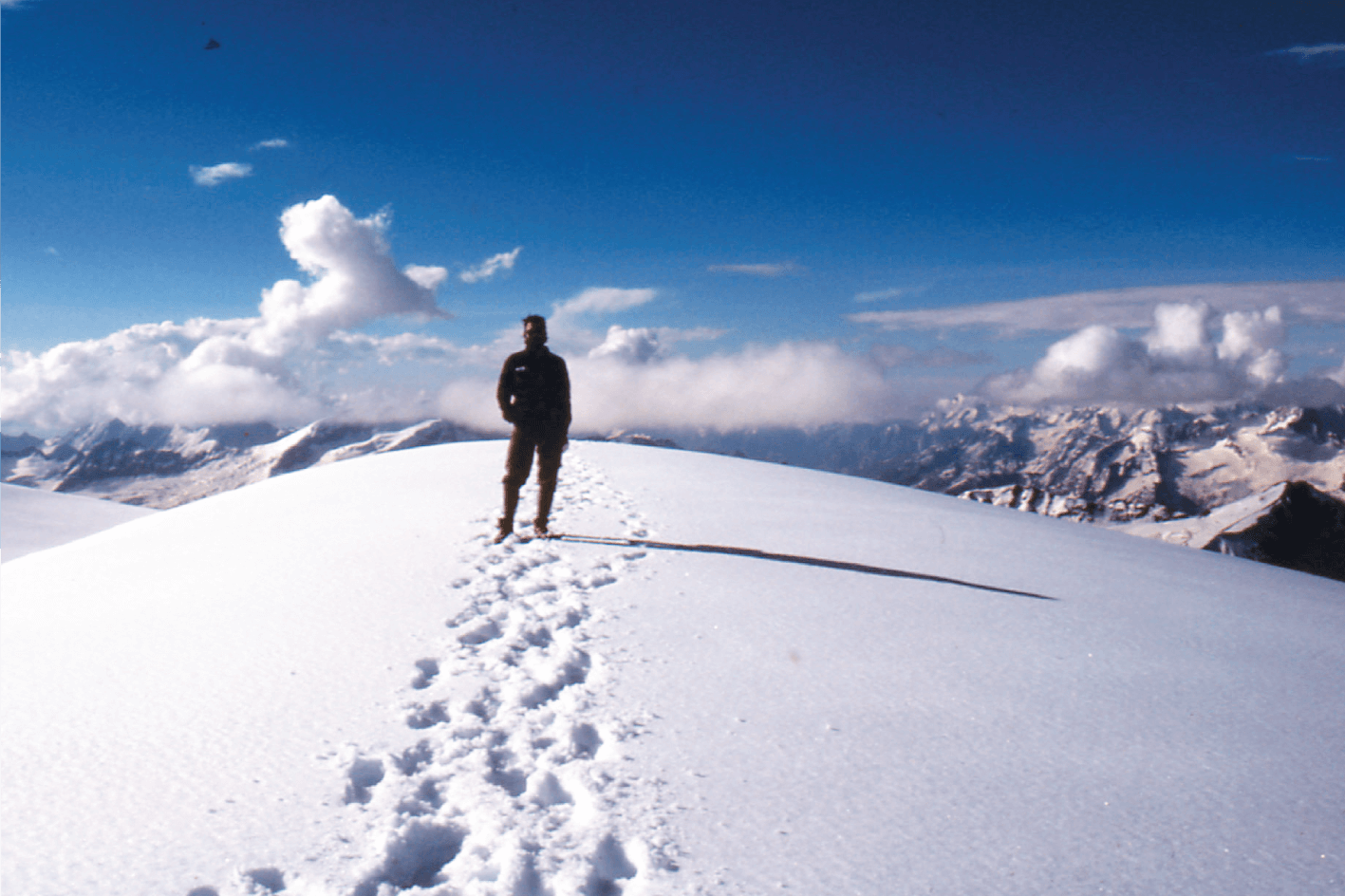
References
- SB Sneed et al., “New LA-ICP-MS cryocell and calibration technique for sub-millimeter analysis of ice cores”, J Glaciology, 61, (2015). DOI: 10.3189/2015JoG14J139
- N Spaulding et al., “A New Multielement Method for LA-ICP-MS Data Acquisition from Glacier Ice Cores”, Environ Sci Technol, 51, 13282 (2017). DOI: 10.1021/acs.est.7b03950
- H Clifford et al., “A 2000 Year Saharan Dust Event Proxy Record from an Ice Core in the European Alps”, J Geophys Res: Atmospheres, 124, 882 (2019). DOI: 10.1029/2019JD030725
- A More et al., “Next-generation ice core technology reveals true minimum natural levels of lead (Pb) in the atmosphere: Insights from the Black Death”, GeoHealth, 1 (2017). DOI: 10.1002/2017GH000064
- C Loveluck et al., “Alpine ice and the annual political economy of the Angevin Empire, from the death of Thomas Becket to Magna Carta, c. AD 1170–1216”, Antiquity, 94, 473 (2020). DOI: 10.15184/aqy.2019.202




